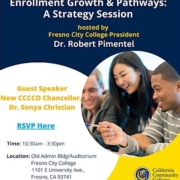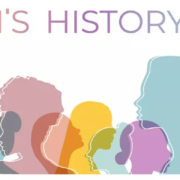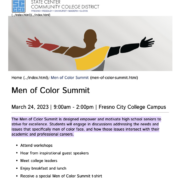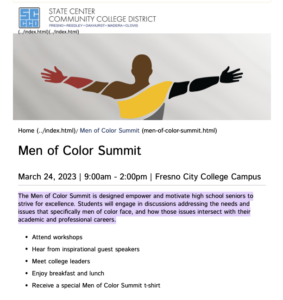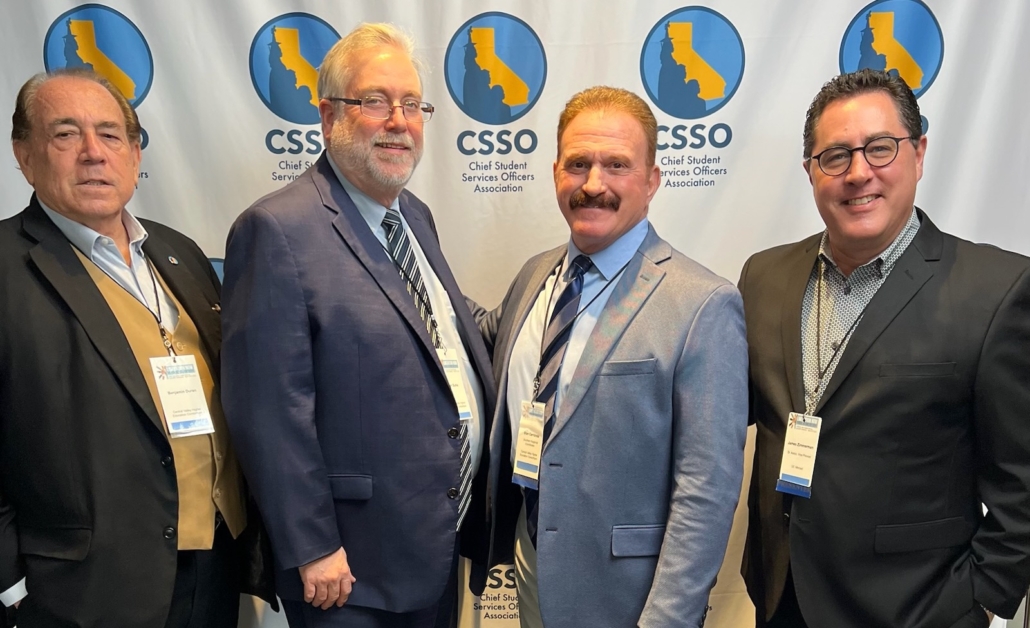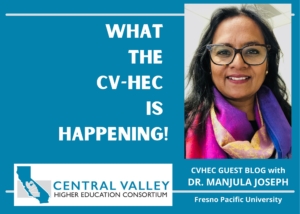 With the first cohorts of the Kern Master’s Upskilling Program underway, this guest blog is by Dr. Manjula Joseph, associate professor and program director for math education at Fresno Pacific University, a CVHEC member institution. She reflects on the experiences of the math cohort offered by FPU with 21 current practicing high school teachers enrolled in the program designed to empower them to create classrooms that foster a love for math with specific sights set on eventually teaching dual enrollment courses at their respective high schools. This first Kern math cohort completes in July 2024. (An English master’s cohort offered by CVHEC member National University is also currently in session).
With the first cohorts of the Kern Master’s Upskilling Program underway, this guest blog is by Dr. Manjula Joseph, associate professor and program director for math education at Fresno Pacific University, a CVHEC member institution. She reflects on the experiences of the math cohort offered by FPU with 21 current practicing high school teachers enrolled in the program designed to empower them to create classrooms that foster a love for math with specific sights set on eventually teaching dual enrollment courses at their respective high schools. This first Kern math cohort completes in July 2024. (An English master’s cohort offered by CVHEC member National University is also currently in session).
Transforming Practicing Teachers into Innovative Math Educators
Embracing the shift in math education for the Kern Master’s Upskilling Program: Fresno Pacific University’s MA in Mathematics Education
By Dr. Manjula Joseph
Program Director, Math Education – Fresno Pacific University
I enter the (zoom) room and observe a class in session.
The students in the first cohort of our Kern Master’s Upskilling Program for practicing high school math teachers are sharing celebrations and challenges about life events – school, family, health, etc. Some of them request prayer.
After this brief time of sharing, they are presented with a graph of an intertwined circle and parabola with a red-shaded area and asked to respond to the prompts “What do you notice? What do you wonder?” on a Google Jamboard. Their two-dozen responses range from noticing symmetry to wondering what the center of the circle might be. Then, moving to breakout rooms to discuss how they might solve the problem at hand, they write their thoughts on the Jamboard.
The complex problem involves differential and integral calculus, trigonometry and intricate algebraic manipulation. Not initially finding answers only seems to push them further to learn unfamiliar concepts, expand prior knowledge and reach a solution.
Professor Alice Keeler, the instructor, and I silently observe this activity unfold and marvel. What I have just observed firsthand is a genuine “community of learners” engaged in supporting and strengthening each other’s content and pedagogical knowledge.
Student Kim Halbrook also observes: “The program is designed to build ‘a community of educators’ willing to support and help each other be the best teachers they can be.”
So, what makes FPU’s program unique?
In a rapidly evolving educational landscape, our Master of Mathematics Education program at Fresno Pacific University (FPU) stands out as a beacon for change.
Focused on a humanized, student-centered approach, we transform practicing teachers into innovative math educators who embrace the shift from traditional instruction towards a more engaging and holistic learning experience without compromising rigor.
Propelling the Shift in Humanizing Mathematics
We see mathematics as a deeply humanizing activity emphasizing critical thinking, problem-solving and collaboration — a fundamental shift from viewing it as cold and abstract, and emphasizing speed and competition.
Mathematics affords us the space to explore the mysteries of the universe and appreciate the beauty and order that underlies it. Mathematics also allows us to think logically and critically about the challenges and inequities that plague society, empowering us to contribute to the advancement of human knowledge, social justice and progress.
Our program helps teachers embrace this shift, enabling them to foster a love for mathematics, a joy for exploration and a passion for problem-solving in their own classrooms.
“Fresno Pacific University has provided more content-specific advancements in my career as an educator than the entirety of my Teacher Preparation Program,” says student Brandon Butler.
Believing Engagement is More Than Just Fun
Our program recognizes that engagement is not synonymous with fun. We believe that true engagement comes from feeling rewarded for one’s efforts and that students would rather work on challenging tasks (absorption) than boring, easy tasks (compliance).
We prioritize student engagement through personal connections, using collaborative tools and interactive activities. Our approach models compassion and grace, encouraging teachers to create classroom environments where mathematics is seen as a means for thinking and engaging, rather than as a competition.
Student Edna Cruz affirms: “I have learned so much about integrating technology in a way that encourages students to think and engage in productive struggle. All this in a course that unites a group of people who genuinely love math and the advancement of education, to better serve the students of our community. We are all taking what we are learning and implementing it in our own classrooms.”
Balancing Commitment with Life
Our program acknowledges the challenges faced by teachers who must balance their commitment to earning a master’s degree with their existing teaching responsibilities and family life.
With this in mind, we designed a student-centered program that cares for students not just as learners but as individuals with unique personal and professional lives. This philosophy influences assignments, discussions, and interactions. We view students (both ours and their students in turn) as whole persons, cultivating an environment where teachers can develop their skills while maintaining a strong connection to their own values and personal lives.
A Passion for Reimagining Math Education
In conclusion, the Master of Mathematics Education program at Fresno Pacific University offers a transformative experience for practicing teachers passionate about reimagining math education.
Focusing on humanizing mathematics, emphasizing human-centered approaches, and embracing a balanced approach, our program empowers teachers to create classrooms that foster the love for mathematics and nurture the critical thinking skills necessary to be successful in finding solutions to the challenges of today and tomorrow.
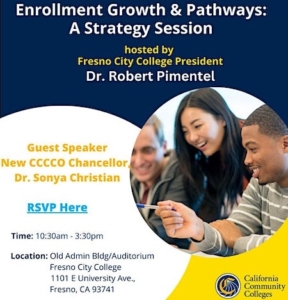 Dr. Sonya Christian, chancellor-select of the California Community College system, will be the guest speaker for the Central Mother Lode Regional Consortium’s “Enrollment Growth & Pathways: A Strategy Session” Tuesday, April 25 at Fresno City College (1101 East University Ave.) in Fresno
Dr. Sonya Christian, chancellor-select of the California Community College system, will be the guest speaker for the Central Mother Lode Regional Consortium’s “Enrollment Growth & Pathways: A Strategy Session” Tuesday, April 25 at Fresno City College (1101 East University Ave.) in Fresno
